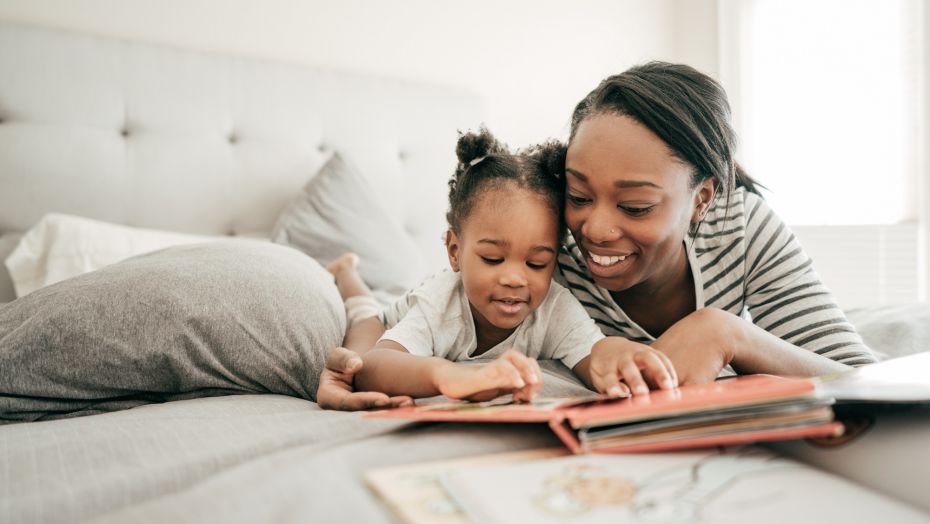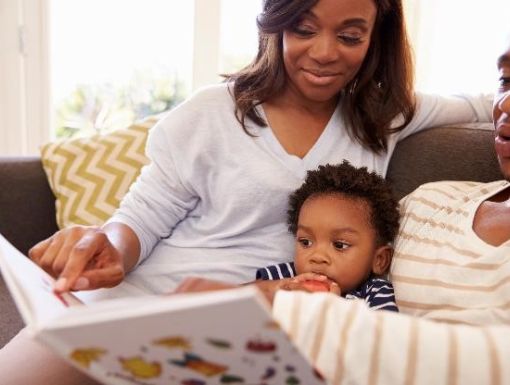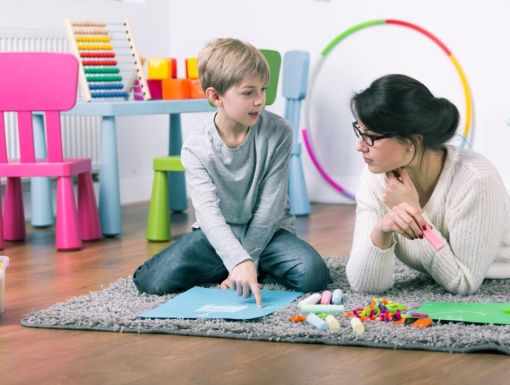
5 Books that Develop Children's Verbal Skills
Reading and childhood development go hand in hand. Reading to children can have an impact at a very early age, even before kids understand the letters and words printed in their favorite books. Books are an excellent screen-free activity that the whole family can enjoy together. Spending a few minutes each day with a book will help your child learn to love the sound of language, as well as how certain sounds are pronounced. If you are concerned about your child's speech and language development, try sitting face to face with your child so they can see your facial expressions and sound productions.
Below, you'll find some of our favorite colorful, silly and engaging children's books, which also promote language development in young children ages 1-3. Consider these options when purchasing books for your children or a loved one.
Brown Bear, Brown Bear, What Do You See? (Bill Martin Jr. & Eric Carle)
This book is a classic for many reasons. The repetitive language is a wonderful way to promote language development, as children practice hearing the names of different animals and colors. The pronoun "I" is introduced as well as the verb "see." Parents and therapists can make animal sounds with the child throughout the story to assist in developing early speech sounds. The book also introduces signs for the names of each animal throughout the text. Once your child becomes familiar with the text, try letting them fill in a word of the story.
Moo Baa La La La (Sandra Boynton)
This fun book is an excellent way for busy children to engage in storybook time. Children can learn to produce early sounds, including "b" and "m" by imitating animal noises. To further engage your child, pair book reading with animal figurines. These toys can bring the book to life and provide an opportunity to introduce action words such as 'eat,' 'jump,' 'run,' etc.
First 100 Words (Roger Priddy)
This book is a terrific option for expanding a child's vocabulary. Parents and therapists can target receptive and expressive language using the large and colorful pictures. Each page displays images separated into categories, including colors, foods and animals. Parents can talk about the different images (e.g., color, shape, size, object functions), have the child verbally label familiar objects and have the child point to pictures upon request (e.g., "Where's the ball?").
Where's Spot? (Eric Hill)
Interactive books do a great job at teaching new vocabulary words and make answering questions fun. With this book, children can learn prepositions, respond to "wh" questions, and predict outcomes. This book is excellent for practicing 'yes' and 'no' questions such as, "Is that spot?" and "no."
That's Not My Puppy (Fiona Watt)
"That's Not My Puppy" is a simple yet fun way to get children engaged in a story. Aside from being an exciting "touchy-feely" book, children have the opportunity to learn the early sound of "p" with this repetitive story. This book introduces negation (e.g., 'not') and qualitative concepts (e.g., fluffy, bumpy), both critical for future language development.
Helping Kids Be Their Healthiest Selves. Find an Ochsner pediatrician near you.
Editors note: This article was originally published on April 8th, 2019.



